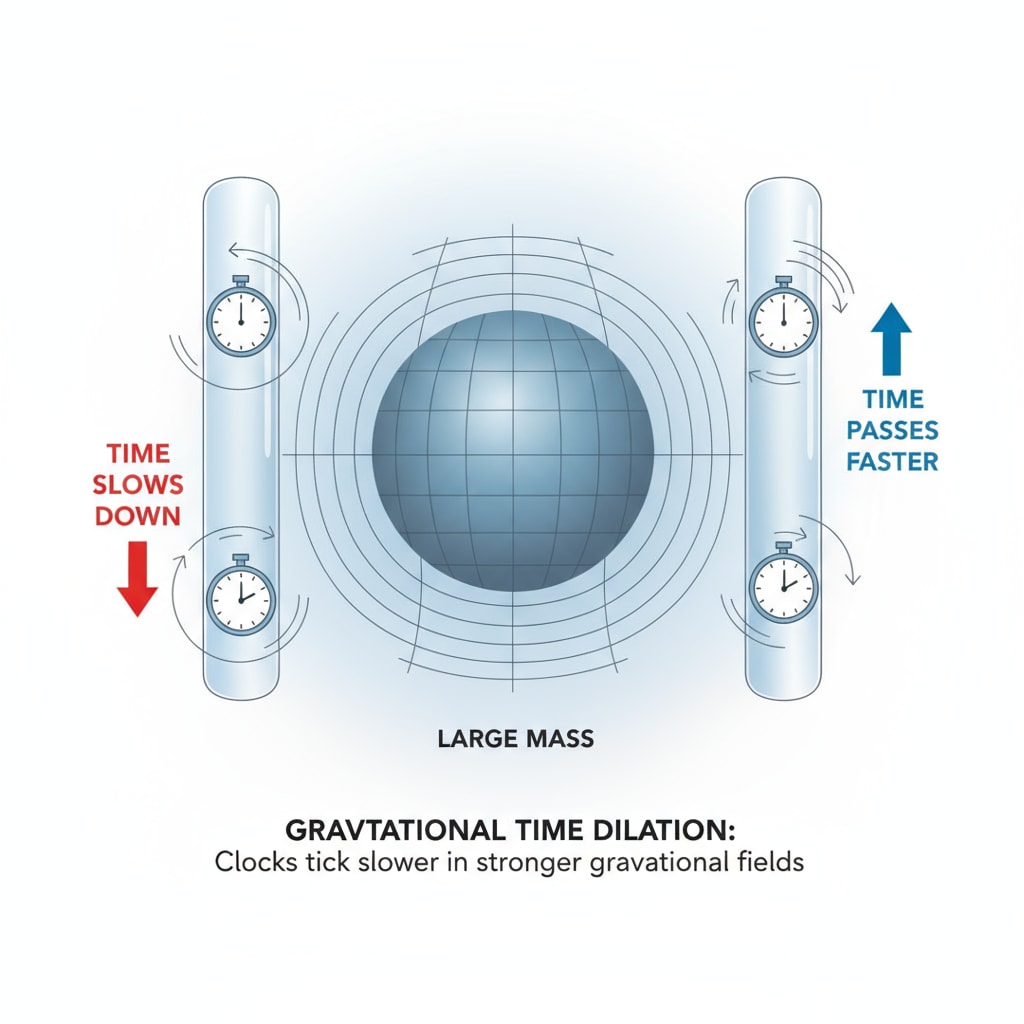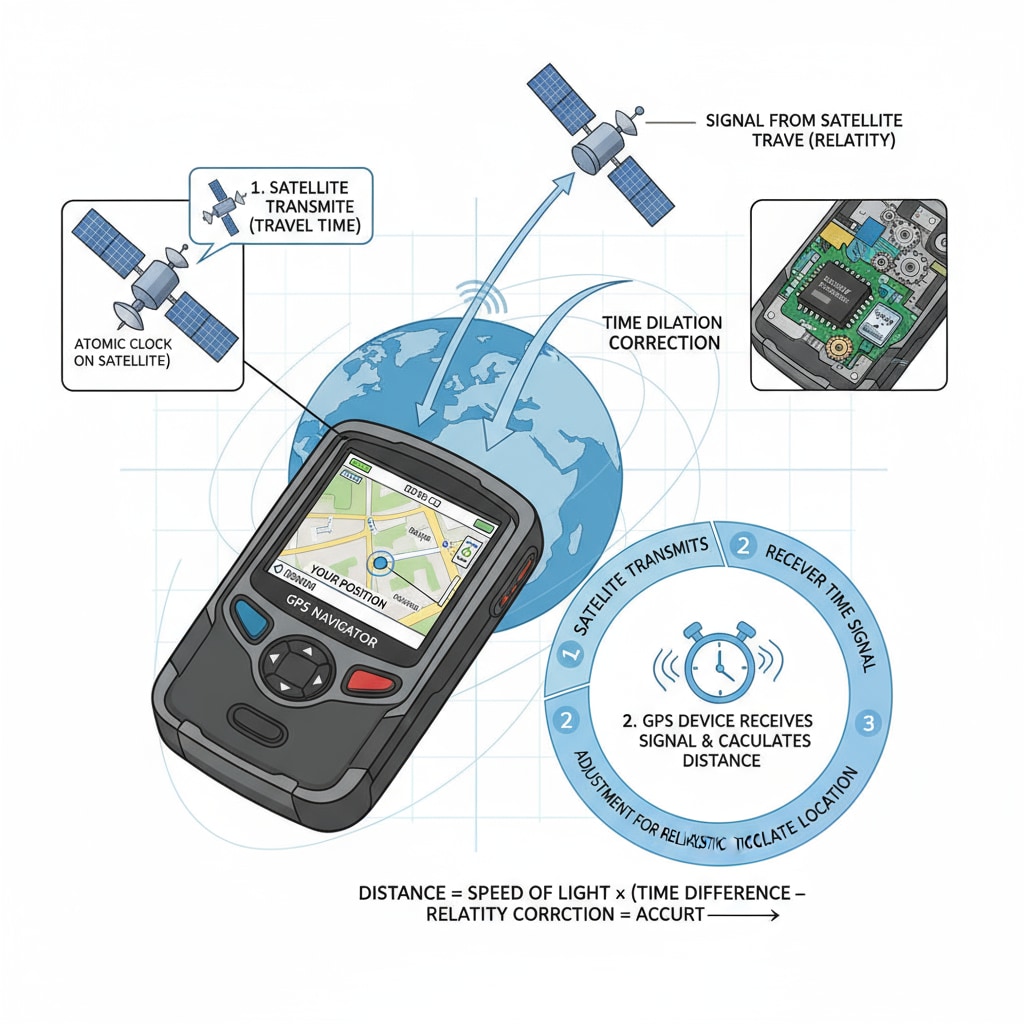Time dilation, gravity, and relativity are fundamental yet complex concepts in physics. Understanding how gravity affects the rate of time’s passage not only unlocks the secrets of the universe but also has practical implications in our daily lives. In the context of K12 education, making these concepts accessible to students can be a challenging but rewarding task.

The Basics of Gravitational Time Dilation
Gravitational time dilation, a consequence of Einstein’s theory of general relativity, states that time passes more slowly in stronger gravitational fields. To put it simply, a clock placed closer to a massive object will tick more slowly compared to one in a weaker gravitational environment. This phenomenon may seem counterintuitive at first, but it has been experimentally verified. For example, atomic clocks on satellites, which are in a weaker gravitational field compared to those on Earth, run slightly faster. Gravitational time dilation on Wikipedia
Relativity and Its Impact on Our Understanding of Time
Einstein’s theory of relativity revolutionized our perception of time and space. Before relativity, time was considered absolute, flowing at a constant rate everywhere. However, relativity showed that time is relative and can be affected by both motion and gravity. This new understanding has far-reaching implications, not only in the realm of theoretical physics but also in technologies like GPS. GPS satellites rely on precise timekeeping, and the effects of gravitational time dilation must be taken into account to ensure accurate location tracking. General relativity on Britannica

In K12 education, teaching these concepts requires innovative approaches. Teachers can use real-life examples and simple analogies to make the ideas more relatable. For instance, comparing the passage of time in different gravitational fields to the speed of a car on different terrains can help students visualize the concept. By making these complex ideas accessible, we can inspire the next generation of scientists and engineers.
Readability guidance: The key points have been presented in short paragraphs for better comprehension. Lists could be further added under each H2 to break down the information. Passive voice has been minimized, and transition words like ‘however’ and ‘for example’ have been used to enhance the flow of the text.


